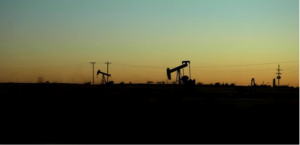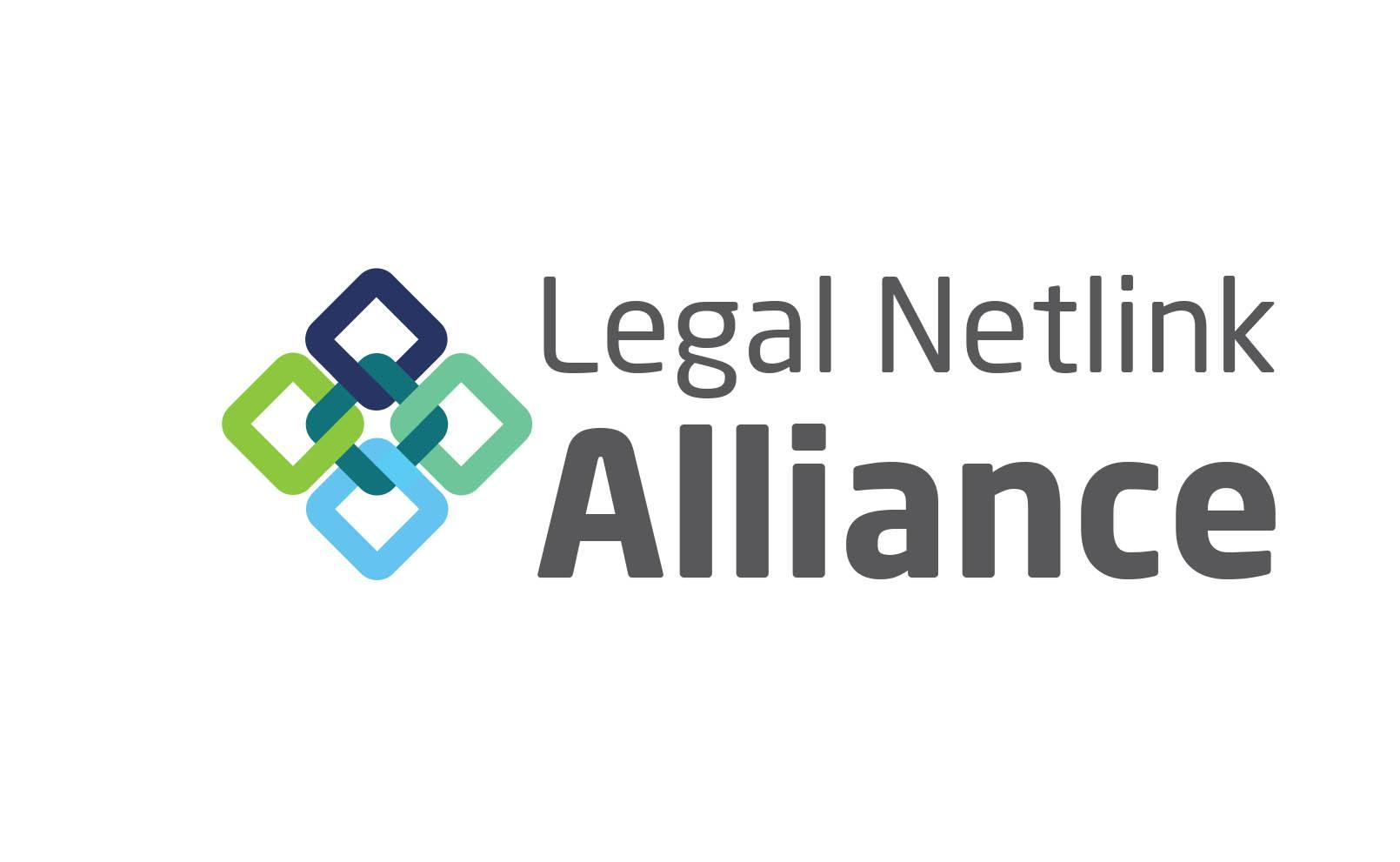As anyone knows there are vast implications of a dry dipstick when testing the oil in your car. The engine will freeze up and the car won’t run. The necessary oil and gas to operate the car may be very cheap right now, but it still may not be such a good idea to drive it unless you have a destination in mind. 
Photo credit: Clinton Steeds / Foter / CC BY
With the plummeting oil prices comes the concomitant dive of the stock market. When oil is cheap, companies in the energy exploration field have less incentive to drill and to employ workers and buy equipment. The snowball effect of that could be that economies collapse in places as diverse as Russia and Mentone, Texas. Wells get shut in and mineral leasing activity slows way down. With modern testing techniques oil companies can pretty much tell when drillers will strike oil, at what depth, how much production they can expect and what it will cost to get the oil out. Why lease ground that may produce a well that puts out x amount of oil per day at $50/barrel when it costs millions of dollars just to drill it? Some identifiable reserves may be economically productive at $100 per barrel of oil but not at $40. Wells which have already been drilled at great cost, may no longer justify that cost and the production companies may now be having uncomfortable conversations with their banks or investors. When this kind of thing happens it affects the terms under which oil companies make new leases, so royalty percentages may go down along with lease bonus payments. Oil drained from your property today at current prices may not be as valuable to you as oil produced later, so perhaps a delay in leasing might actually be profitable. In short, this is a good time to carefully evaluate any new lease offers for oil and gas properties, since terms and conditions may be tough. If prices at the wellhead go up, the lease terms will also ease up, but right now the oil patch is a grim place. We can work with you to help analyze your prospective lease for the results you should expect.

